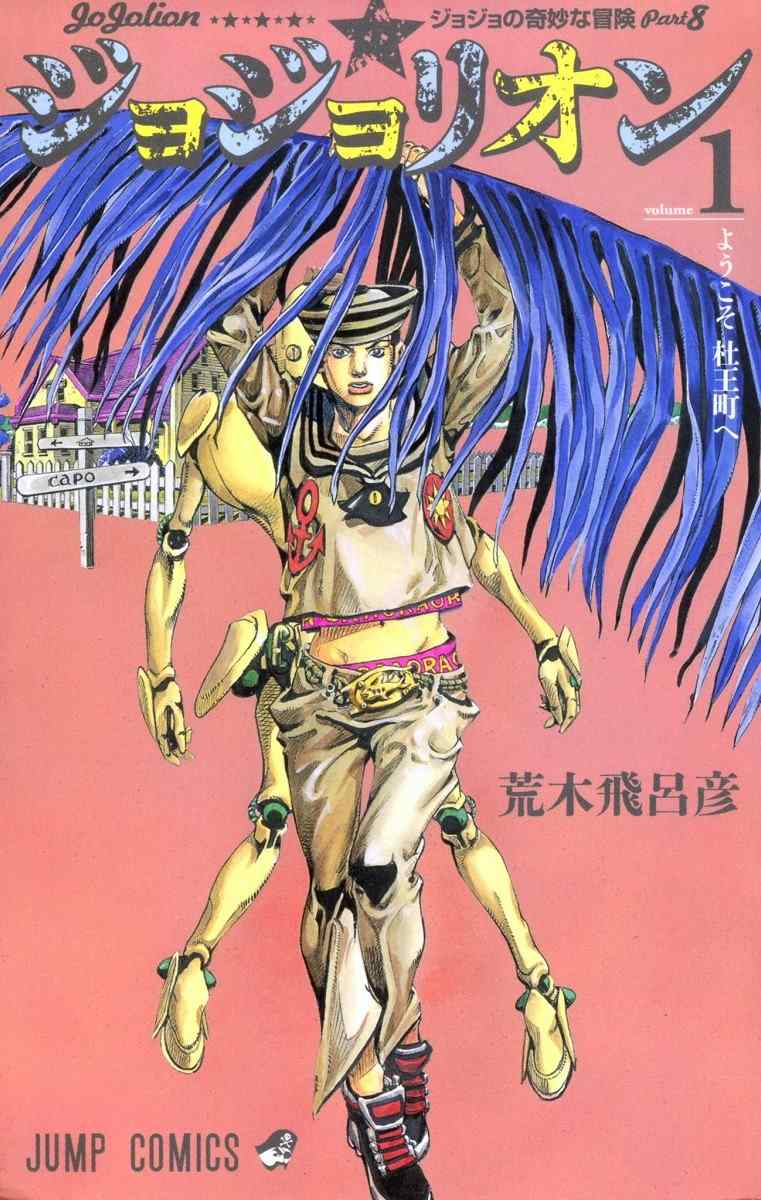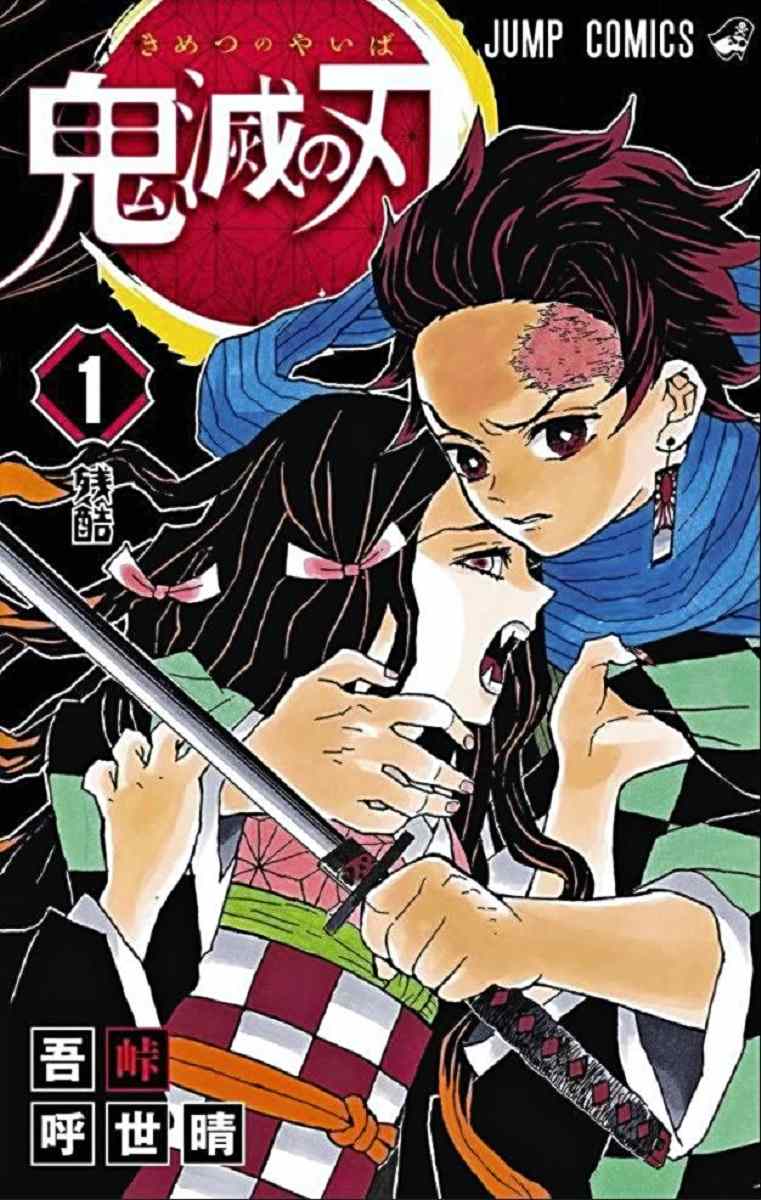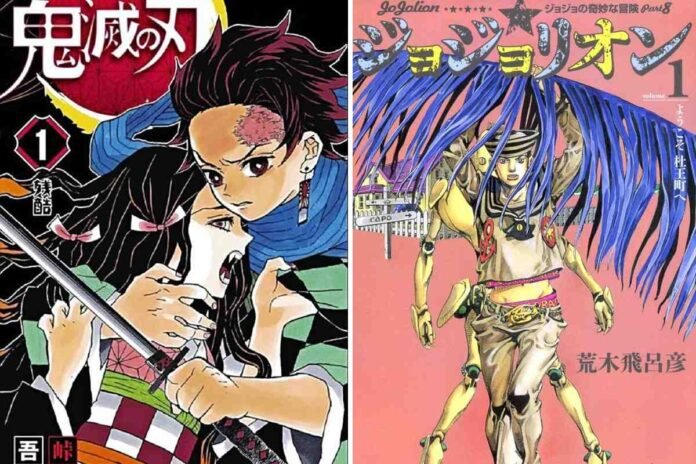Left: “MUST READ MANGA! Vol.1”
Right: “MUST READ MANGA! Vol.2”
By Kanta Ishida
8:00 JST, April 16, 2024
A regular column from The Japan News, introducing readers to the best of contemporary manga, has been published as two e-books: “Must Read Manga 1” and “Must Read Manga 2.” The “Kanta on Manga” collections are available both in Japan and abroad.
Both volumes contain 50 selected manga reviews by Kanta Ishida, a veteran reporter for The Yomiuri Shimbun who is also the paper’s top manga authority. The column does not stop at simply introducing the stories. Sometimes it touches on the history of manga, and sometimes it connects a review to the current state of Japan and the world. In this way, the column successfully reflects the current status of manga, which has grown into a culture that represents Japan.
Ishida is well versed in manga, anime and other subculture genres. He is a hardcore manga otaku who has been reading manga for almost 60 years. He selects only the works he can confidently recommend to readers and discusses them in the column, he said. In each review he explains in detail the beauty of the work, while also presenting discussions about manga as a medium.
One of those discussions is about the definition of manga. Classical works of art, such as ‘Choju Jinbutsu Giga’ (‘Scrolls of Romping Animals’), which were drawn about 800 years ago, and comic images drawn by the ukiyo-e artist Katsushika Hokusai in the Edo period (1603-1867), are also called manga too. In the introduction to ‘Must Read Manga’, Ishida writes that this is by no means a mistake. He continues:
“In my opinion, however, the manga that has spread worldwide has its roots in basic art techniques brought to Japan by British and French artists who arrived during the Meiji era (1868-1912). After the Pacific War, this manga style was established with ‘Shin Takarajima’ (‘New Treasure Island’, 1947), the debut work of Osamu Tezuka (1928-1989), who was influenced by Disney films from the United States.
“In other words, manga has been multinational and culturally eclectic from its very beginning, rather than an extension of traditional Japanese culture.”
The review that follows is compelling and gives readers an eye-opening experience.
In the review of “JoJoLion” by Hirohiko Araki, Ishida wrote:
“This artistic inspiration has revolutionized battle manga involving supernatural forces since the beginning of the Heisei era (1989-2019). In fact, it wouldn’t be an exaggeration to say that all of the recent manga hits in Shonen Jump magazine are actually under Araki’s influence.
To support his statement, Ishida referred to the concept of ‘Stands’, which was invented by Araki. Before this work, psychokinetic power and other supernatural energies were usually depicted as invisible phenomena in manga. “Stands” is a new form of expression, a way to visualize such energies. For example, a muscular warrior jumps out from behind the main character and starts beating up the enemy, shouting, “Ora, ora, ora! ” (Hi Hi Hi!).

The cover of the first volume of “JoJolion” by Hirohiko Araki, published by Shueisha Inc.
On the other hand, Ishida describes Kamado Tanjiro, the protagonist of “Kimetsu no Yaiba” (“Demon Slayer”) by Koyoharu Gotoge, as a non-Shonen Jump hero because of his kindness. I quote Tanjiro’s sentence: “Strong people help and protect weaker people. The weak become stronger, and they help and protect the even weaker. This is the law of nature,” Ishida wrote:
“Here I definitely sense an expression of a new value system that can resist and confront the 21st century value of ‘the survival of the fittest’.”

The cover of the first volume of “Kimetsu no Yaiba” (“Demon Slayer”) by Koyoharu Gotouge, published by Shueisha Inc.
The two parts of “Must Read Manga” not only discuss and analyze the included works, but also showcase Ishida’s abundant love for Japanese manga culture. Let me conclude this article by quoting his words in the introduction to the second part.
“With the nation defeated, Japan’s post-war period began with atonement for what the country had done to the international community. How would children overcome the injustice of adults? How could they regain the pride that this country has permanently lost?”
I believe every major manga contains these issues. Manga is intended as a form of entertainment, but at the same time it also transcends that.



